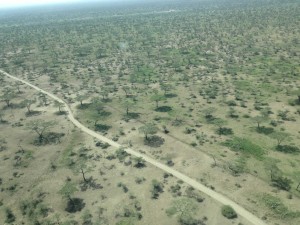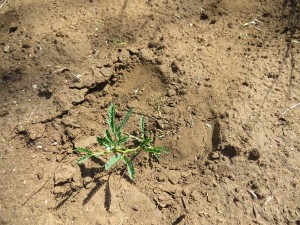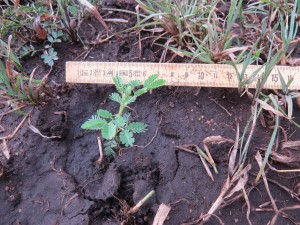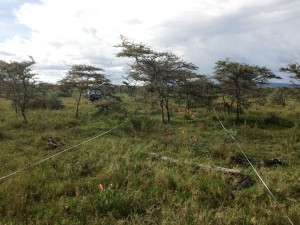MECHANISMS OF TREE RECRUITMENT LIMITATION ACROSS A SAVANNA SOIL MOISTURE GRADIENT
RESEARCH QUESTION: Why do savannas have so few/many trees?
PROJECT OVERVIEW: A common assumption is that savanna ecosystems are simplysuccessional states between grasslands and forests (or vice versa). However, savannas occur across broad swaths of tropical and sub-tropical landscapes within a range of soil types, herbivore communities with varying frequencies and intensities of fire. Thus, the existence and maintenance of savannas cannot simply be explained as a transitional state driven by single factors, such as fire. The Serengeti Ecosystem is dominated by  savanna habitat, and the relative amount of savanna is an important determinant of many ecosystem system processes, from the biodiversity of birds and insects, to the amount of carbon fixed from the atmosphere. Observations of vegetation over the past 100 years in the Serengeti through photography and monitoring clearly show a transition from more open grassland to more woody vegetation. Our multi-year experiment attempts to untangle the relative influence of fire, herbivory, elephant disturbance and water limitation in determining where trees grow and how they survive.
savanna habitat, and the relative amount of savanna is an important determinant of many ecosystem system processes, from the biodiversity of birds and insects, to the amount of carbon fixed from the atmosphere. Observations of vegetation over the past 100 years in the Serengeti through photography and monitoring clearly show a transition from more open grassland to more woody vegetation. Our multi-year experiment attempts to untangle the relative influence of fire, herbivory, elephant disturbance and water limitation in determining where trees grow and how they survive.

METHODS: We use a combination of herbivore exclosures (fences that prevent herbivory), watering treatments (adding extra water), fire treatments (burned and unburned), and tree monitoring of two of the main savanna tree species: Acacia tortilis and Acacia robusta. We have 10 study sites scattered across the ecosystem which span the large rainfall gradient from the northwest (1200 mm rain each year) to the southeast (500 mm rainfall each year).



